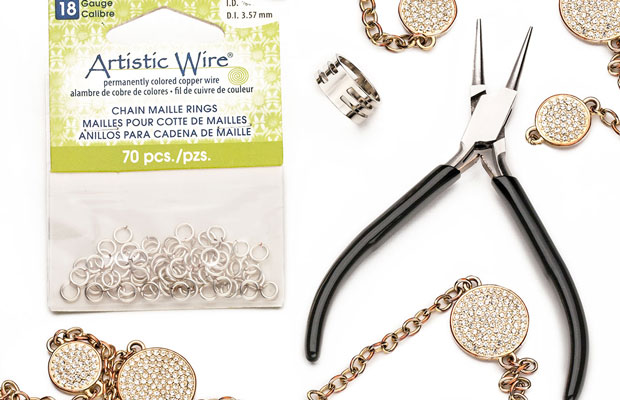How to Buy Jewelry Repair Tools

When it comes to repairing jewelry, having just the right tools is of significance. There are multiple types of jewelry tools, both for simple and complicated repairs, and selecting them requires experience. The generally rule of thumb is that the tools will be more expensive if they can do multiple functions and are made up of quality material. As a buyer, if your budget is restrained you can also go for used tools, but in that case, you have to be careful in judging whether the tool is damaged or not.
A jeweler craftsman is as good as his tools and to select the best one, a proper guideline is required. This article will help you with that. We will move tool wise.
Instructions
-
1
Ring Mandrel
These are used to determine the size of the ring and are available in wood and metal. Select a ring mandrel which comes with a gauge which will help you in determine the length of the metal stock required to make a ring. -
2
Jewelry Saw
As the name suggests a jewelry saw is used to cut through the metal. There are many brands of jewelry saws available in the market, in different price range. Whichever saw you choose, be sure to buy multiple blades, as they have a tendency to break on and off. -
3
Jewelry Torch
A jewelry torch is used to provide heat during the soldering process and for annealing. While buying these torches try to go for ones which come with multiple fitting so that repairs of different nature can be undertaken effectively. -
4
Beading Tools
It is a metallic cylinder, whose one end is concave. It allows the jewelers to shape, tighten and set bead-set stones, and add beading to whichever metal they are working with. While buying them, go for the ones which come in sets rather than the singular tools. -
5
Pliers
There are different types of pliers, each having their individual function. The final choice of these pliers should be made according to your specific need. -
6
Files and Abrasives
Files and abrasive are generally used to provide the surface finish once all the processing on the metal has been completed. In both these tools, the grit size varies according to the need, which may be metal removal or finish. Always buy coarse files and abrasives for metal removal and finer ones foe surface finish. For files, make sure that the handle is made up of gripping plastic rather than wood.







